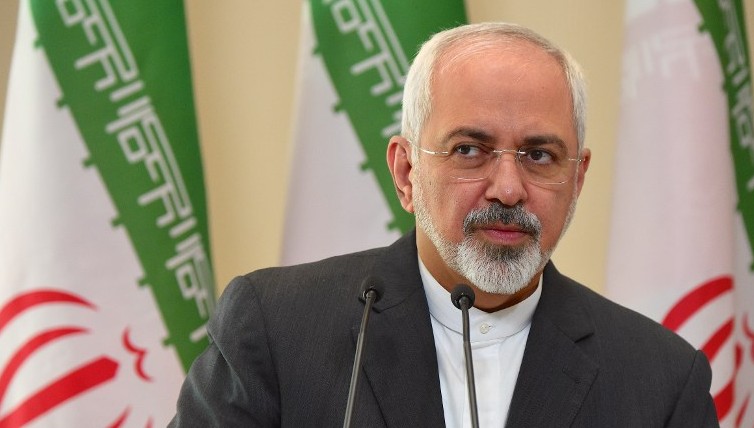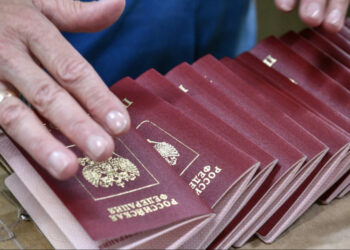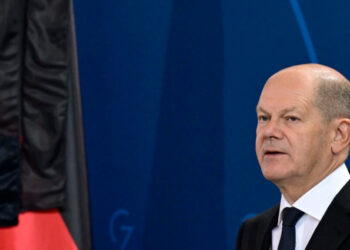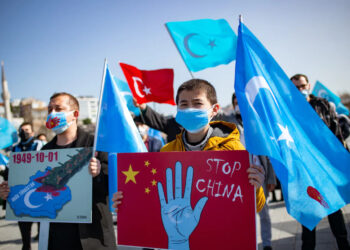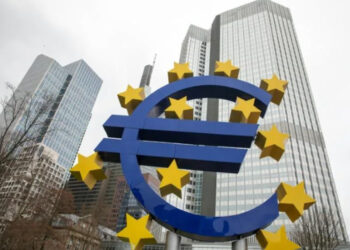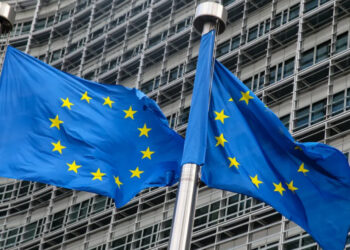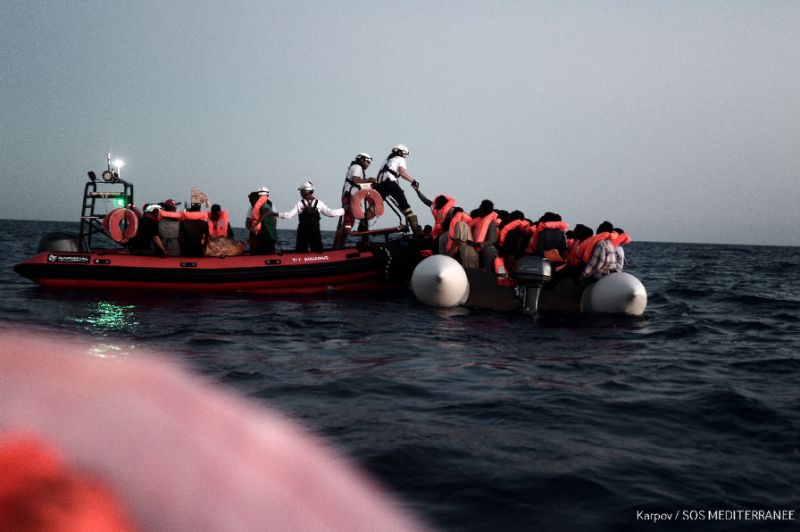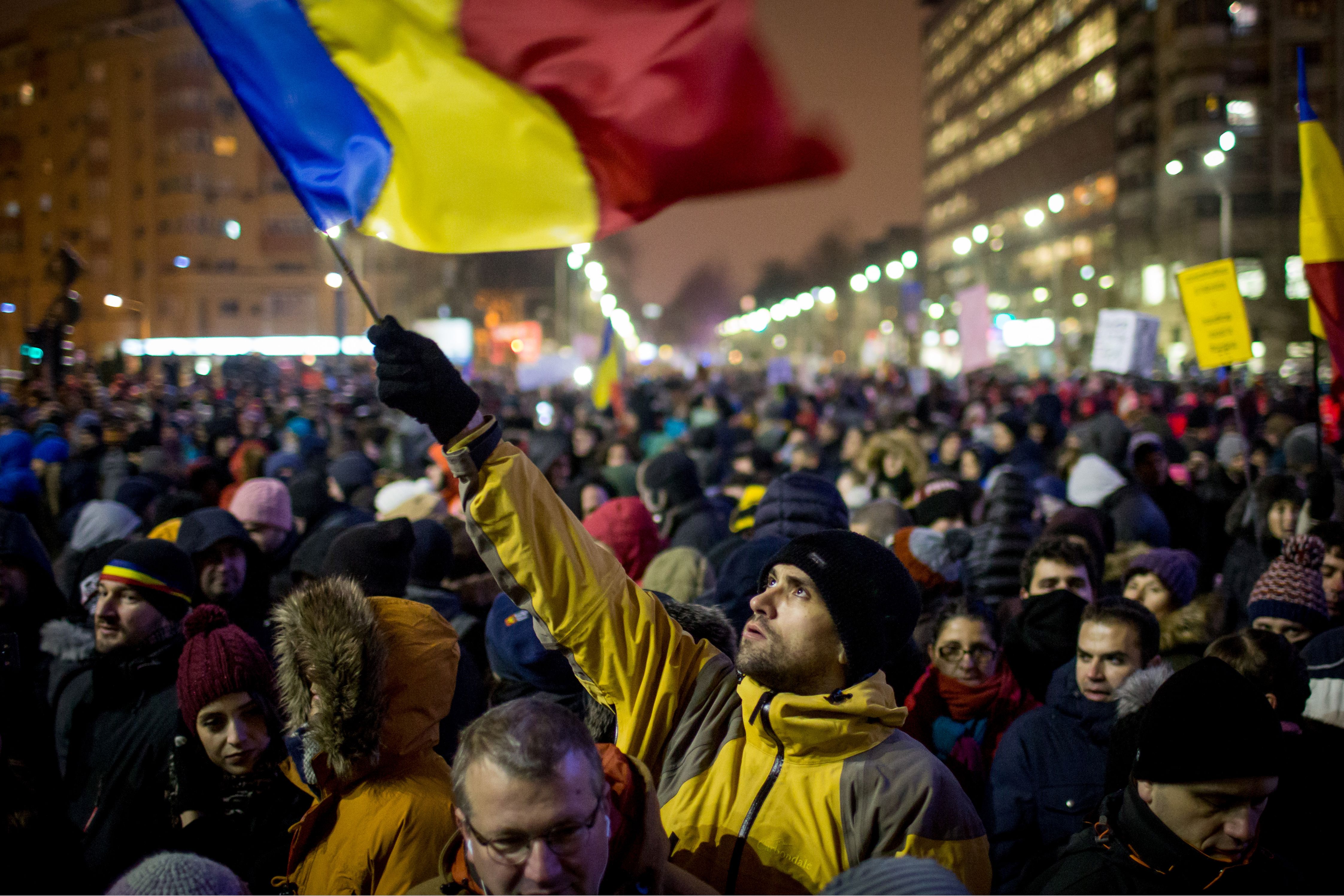Iran said Monday it had exceeded a limit on its enriched uranium reserves under a 2015 nuclear deal that has edged towards collapse after the United States withdrew from the agreement and imposed a “maximum pressure” campaign.
“Iran has crossed the 300-kilogramme limit based on its plan” announced in May, Iranian Foreign Minister Mohammad Javad Zarif told semi-official news agency ISNA.
Though the stockpile exceeds the limits placed under the deal, it does not approach the levels necessary to weaponize uranium.
Iran has also threatened to start enriching uranium above the agreed maximum purification level of 3.67 percent from July 7. But that also remains far short of the 90 percent purity required to build a weapon.
U.S. President Donald Trump abruptly withdrew from the nuclear deal last year and reimposed severe sanctions on Iran’s crucial oil exports and financial transactions as well as other sectors.
The 2015 deal saw Iran commit to never acquire an atomic bomb, to accept drastic limits on its nuclear program and submit to IAEA inspections in exchange for a partial lifting of crippling international sanctions.
But Trump’s unilateral withdrawal from the deal on May 8, 2018 – and subsequent sanctions – have deprived Iran of the economic benefits it was promised and plunged it into recession.
Tehran, which has sought to pressure the remaining parties to save the deal, on May 8 announced it would no longer respect the limit set on its enriched uranium and heavy water stockpiles.
It also threatened to go further and abandon more nuclear commitments unless the remaining partners – Britain, China, France, Germany, and Russia – helped it to circumvent sanctions, especially to sell its oil.
In his comments published Monday, Zarif said Iran had set out its intentions “very clearly” in May.
After the U.S. withdrawal, European leaders had tried to salvage the agreement by attempting to set up a mechanism to help Iran skirt the sanctions.
Trump violated the nuclear accord over a year ago. This is a minor – and entirely predictable – response by Iran. https://t.co/rEOagzNSwc
— Joe Cirincione (@Cirincione) July 1, 2019
The E.U. said Friday after a crisis meeting aimed at salvaging the deal that the INSTEX payment mechanism was finally “operational” and that the first transactions were being processed.
But “the Europeans’ efforts were not enough, therefore Iran will go ahead with its announced measures,” Zarif said.
But the foreign minister said the European efforts nonetheless highlighted a growing rift between Washington and its European allies.
“Although it does not meet the demands of the Islamic republic, (or) Europeans’ obligations … it has a strategic value (in showing) that the closest allies of the United States are distancing themselves from America in their economic relations,” Zarif said.
INSTEX was designed to only support transactions in the pharmaceutical, medical and agricultural-food sectors.
The International Atomic Energy Agency on Monday confirmed Iran had exceeded the limit that the deal had imposed on its stockpile of low-enriched uranium (LEU).
The IAEA “verified on July 1 that Iran’s total enriched uranium stockpile exceeded 300 kilograms,” a spokesperson said.
The latest tensions coincide with a buildup of U.S. forces in the Gulf and a series of incidents including Iran’s shooting down of a U.S. drone it claimed had entered its airspace. Following that incident, Trump said he called off a planned bombardment of Iran just ten minutes before it was set to commence.


